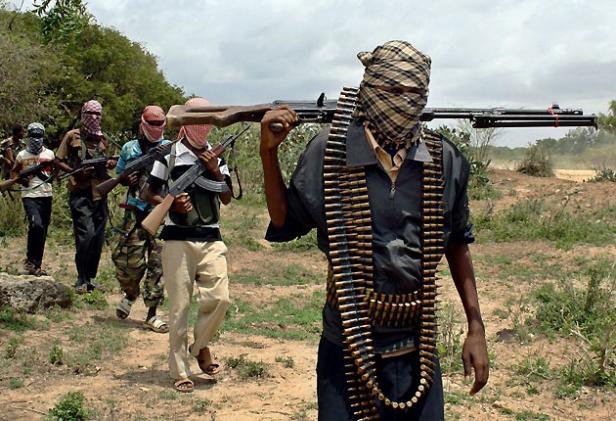
There are 27 active conflicts in the world today; only one of them is a traditional interstate war.
The Uppsala Conflict Data Program, the most widely accepted social science database in the field, counts only a border dispute between Thailand and Cambodia as an international conflict.
The other 26 ongoing conflicts pit government forces against non-state actors. This includes Ethiopia fighting the Ogaden National Liberation Front, Pakistan fighting the Tehrik-i-Taliban, and Russia fighting the “Caucasus Emirate.”
While conflict is increasingly internal, we should not lose sight of the fact that it is still often internationalized since many governments rely on external partners to counter insurgencies.
From an American standpoint, this is most evident in Afghanistan, where the strategy of the United States and its allies and partners is to reinforce the Afghan government’s ability to confront an insurgency. For the next 900 days, this means training and equipping Afghan security forces, transitioning security responsibility from NATO to Afghan forces, and putting in place a national security bureaucracy to sustain the force.
There are similar, albeit smaller, efforts around the world. These include the United States supporting Colombia against the FARC, the Philippines against the Moro Islamic Liberation Front, and Yemen against al Qa’ida in the Arabian Peninsula. Former US Secretary of Defense Robert Gates explained that, in these efforts, “our strategy is to employ indirect approaches—primarily through building the capacity of partner governments and their security forces—to prevent festering problems from turning into crises that require costly and controversial American military intervention.”
Not only an American effort, security assistance is increasingly a component of many countries’ defense policies. This is true for the British in Sierra Leone, India in Nepal, and Brazil in Guinea-Bissau. Ugandan President Yoweri Museveni, speaking of his country’s efforts in Somalia, captured the role external actors now play during internal conflicts, “We are there to help them defend the airport and the seaport and the government house. But more important, we’d like to see ourselves as a catalyst in building the Somali army and police.”
Given the salience of intra-state war and the relative decline of inter-state war, it is unclear how militaries should prepare for the future. For instance, the United Kingdom bluntly states in its national security strategy , “we face no major state threat at present and no existential threat to our security, freedom or prosperity.” This begs the question, why even have a military?
There is clearly a group on both sides of the Atlantic that believes the United States and Europe wastes vast resources on high-end weapon systems it is unlikely to use. Further, fiscal challenges should hasten recognition that developed countries have national security and there is very little they can do to tackle human security challenges that generate internal crises far away. Adding the frustration from Afghanistan, it should be clear that external actors cannot bring peace when society is divided against itself.
Given this, defense planners in Europe and the United States need to heed Harlan Ullman’s advice, that leaders “should set aside ample time to examine the historical record of where and how US [and NATO] military force worked; where it didn’t; and where and why it simply failed. The purpose is to understand with clarity the limits of military force as guidelines for future capability.” While there is a clear desire to prevent mission creep, militarizing foreign policy, and unending counterinsurgencies, leaders also need to consider how conflict has changed over the last several decades and the limited roles external actors can play in internal conflict.
Derek S. Reveron, an Atlantic Council contributing editor, is a Professor of National Security Affairs and the EMC Informationist Chair at the U.S. Naval War College in Newport, Rhode Island. Photo Credit: AFP/Getty Images
Image: mogadishu5.jpg
